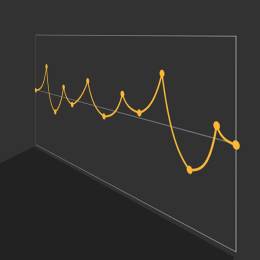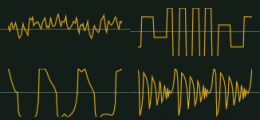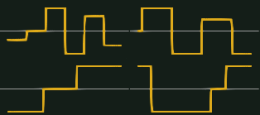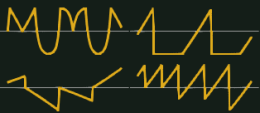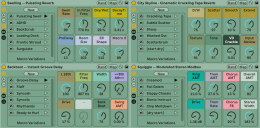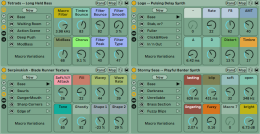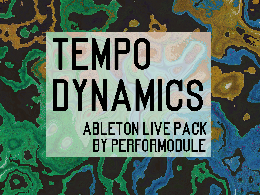Just dropping the word that if you join my pal Brian Funk’s Music Production Club during February 2024 (for a measly $6 a month subscription fee), you will get the Empathy pack by PerforModule (normally ~$30) as a bonus! Empathy was my attempt at making go-to effect racks for the tonal and dynamic aspects of mixing that just work to make everything sound better.
Empathy includes a few *very select* effect racks. It’s definitely about quality over quantity here.
Ultimatum is a ten-series dynamic sculptor that applies a delicious tone-shaping compression. Pushing drums hard into it creates a very unique smashed sound.
‘The One’ provides tasty low and high cut filters with the perfect amount of resonance bump built-in, a delectable “more-than-EQ” tone highlight, and a go-to notch filter for the occasion when needing to remove blistering resonances.
The Auditory Miximizer gives you low and high shelf boosts that are calibrated to focus on everything but the least aesthetic midrange zones. It can be dynamic, too.
Dilation Warder: is the go-to gate/expander that is dumb easy to dial in. You can use it to do both. Gate things (so the quietest stuff gets dipped out). Expand things (so the peaks poke up even more). It’s good. I use it all the time in all sorts of projects.
The MPC also comes with a ton of other groovy stuff and nifty perks like hanging out at monthly Discord meetings with us and trying to make music in less than an hour based on prompts.
If you’re a cheap frugal bastard (as I tend to be), you can just grab the stuff, cut and run. Keep everything. No one will begrudge you. The world understands what it’s like to be a struggling visionary. Six bucks to salvation. Or something like that. We should all have more empathy for our fellow humans. Peace out!

